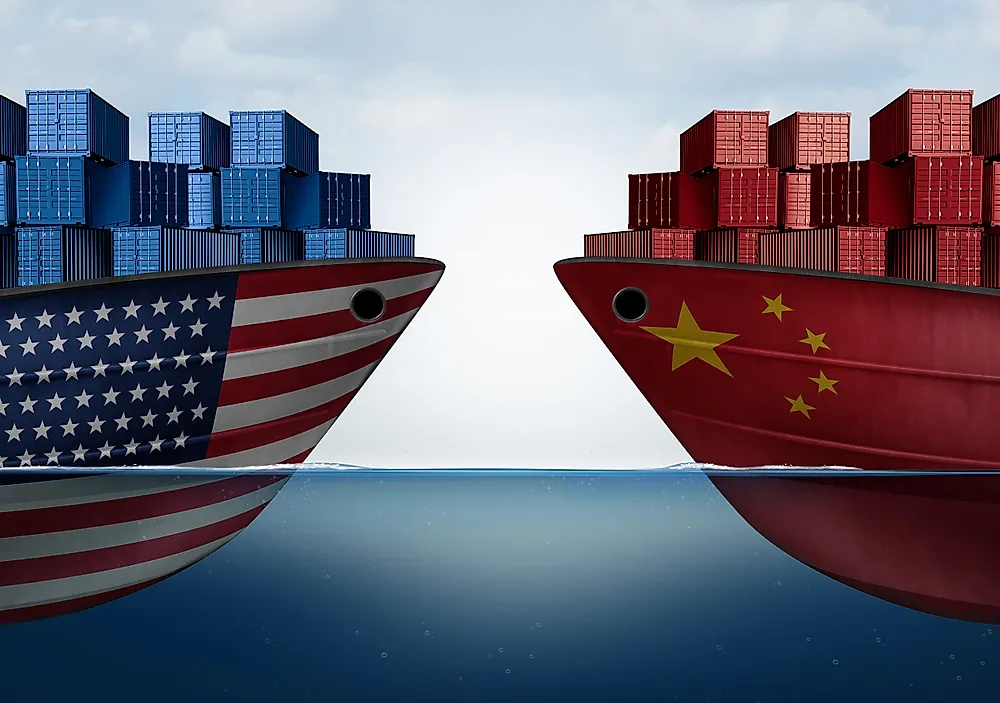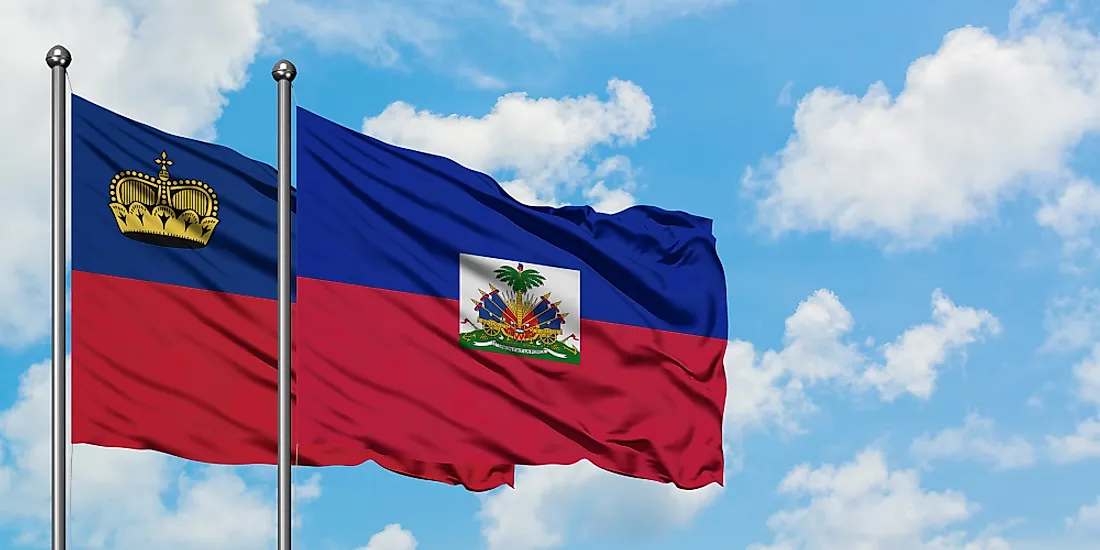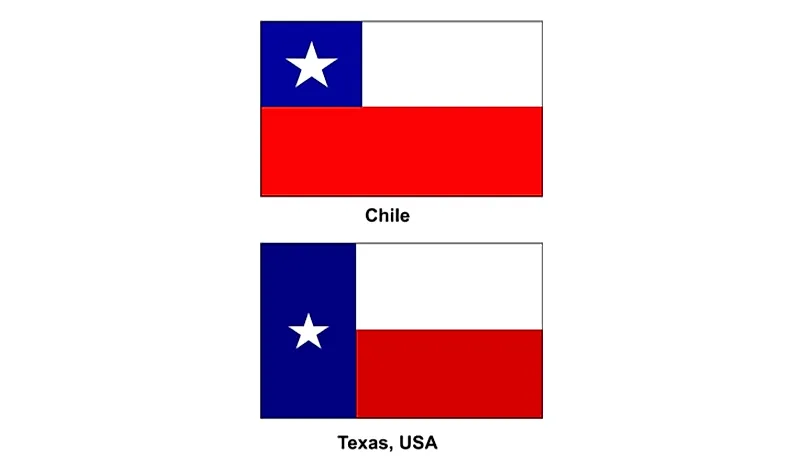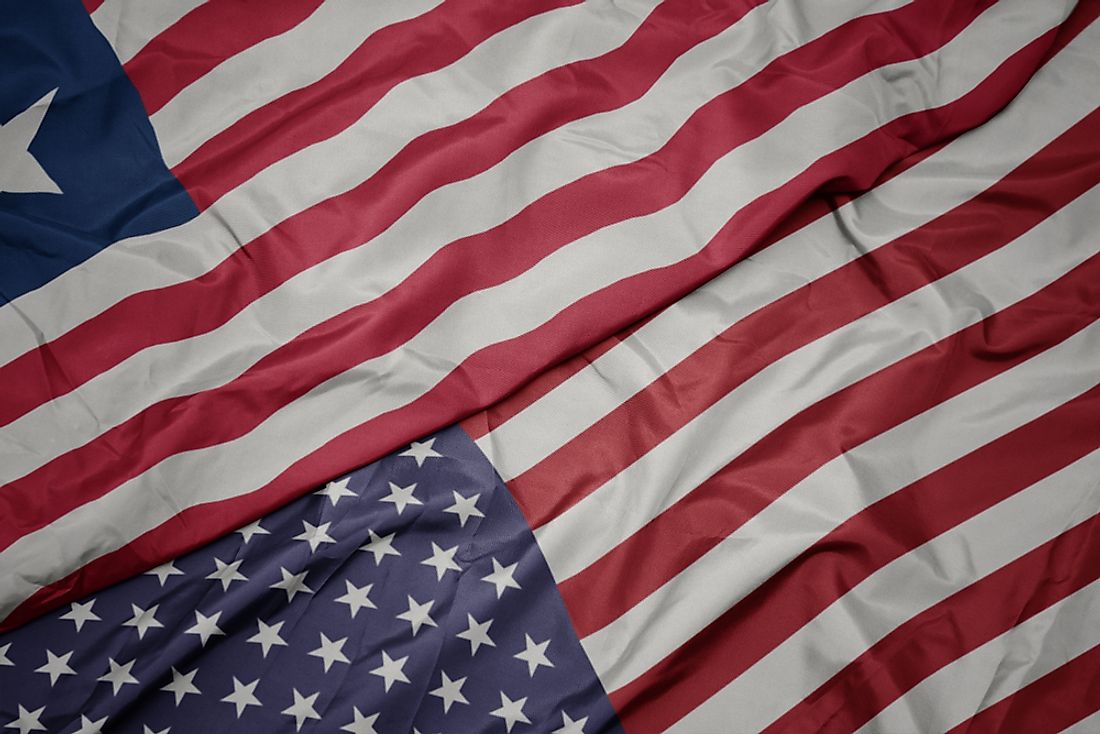The 35 Largest Cities in the World
Determining the world's largest cities is not as simple as it would appear. Using the definition of urban area, Tokyo, Sao Paulo, Jakarta, Seoul and Manila are the world's largest cities.

How is a city defined? According to the United Nations, the population of the world’s largest cities can either be calculated as part of a metropolitan area, a city proper, or an urban area. While a “metropolitan area” defines a city based on the habits of its demographic population, a “city proper” is based on closely defined administrative boundaries. An “urban area”, however, defines a city’s area using many factors such as administrative boundaries, population density, economies, or even just the appearance of urban characteristics. In this article, we will be focusing on the world’s five biggest cities in terms of urban area.
The World's Top Five Largest Cities
1. Guangzhou, China - 48,600,000
With an urban area population nearly reaching 50 million, the city of Guangzhou, China, is the largest city in the world in terms of population. Guangzhou is a major urban center located in Guangdong, in Southern China. Although Guangzhou has a history reaching back thousands of years, its major development accelerated in the late 20th and early 21st century. The communities of Foshan, Zhongshan, and Shenzhen are included in the city's urban area.
2. Tokyo, Japan - 39,800,000
Tokyo is the capital of Japan, as well as the country’s largest city. It is also the second largest city in the world in terms of urban area, with a population of over 36,923,000 residents. Previously known as Edo, the city is also one of Japan’s 47 prefectures. Although Tokyo is commonly referred to as a city, it is governed as a metropolitan prefecture. Tokyo has a $2.5 trillion economy making it the 3rd on the Global Cities Index and 1st on the Global Economic Power Index. Tokyo is a major industrial, administrative, educational financial and cultural center of Japan as well as East Asia as a whole.
3. Shanghai, China - 31,000,000
Shanghai, China, is also the third largest urban area in the world, with a population over 30 million. Shanghai is a global center for finance and is home to one of the world's most important ports. Other things that Shanghai is famous for include its historic neighborhoods, futuristic sprawling skyline, and lively city quarters.
4. Jakarta, Indonesia - 28,900,000
Jakarta is the fourth largest urban area in the world. The city is the capital city as well as the largest city in Indonesia. It has a population of 30,075,310. This population is projected to go up to 35.6 million in 2030. The city is the economic, political and cultural center of Indonesia. Rapid urban growth has been a major challenge to the city and has led to overpopulation, congestion, gridlock traffic, and ecological breakdown.
5. Delhi, India - 27,200,000
The city of Delhi is the capital of India, the second-most populated country in the world. It is estimated that India will overtake China as the world's most populated nation in the coming years. Delhi is considered to be a Heritage City by UNESCO.
What Makes a City Grow?
There are several factors that can contribute to a city's growth. Some of the major motivational factors that draw people to cities are job opportunities, culture, family, friends, and a better standard of living. While just over half of the world's population lives in cities today, the UN suspects that the number will grow substantially in the next coming decades. Many of the world's fastest growing cities are in Asia and Africa.
The 35 Largest Cities in the World
| Rank | City | Country | |
|---|---|---|---|
| 1 | Tokyo | Japan | 36,923,000 |
| 2 | São Paulo | Brazil | 36,842,102 |
| 3 | Jakarta | Indonesia | 30,075,310 |
| 4 | Seoul | South Korea | 25,520,000 |
| 5 | Manila | Philippines | 24,123,000 |
| 6 | New York City | United States | 23,689,255 |
| 7 | Shanghai | China | 23,416,000 |
| 8 | Cairo | Egypt | 22,439,541 |
| 9 | Delhi | India | 21,753,486 |
| 10 | Mexico City | Mexico | 21,178,959 |
| 11 | Beijing | China | 21,009,000 |
| 12 | Guangzhou | China | 20,800,654 |
| 13 | Mumbai | India | 20,748,395 |
| 14 | Dhaka | Bangladesh | 19,580,000 |
| 15 | Osaka | Japan | 17,444,000 |
| 16 | Moscow | Russia | 16,800,000 |
| 17 | Bangkok | Thailand | 15,645,000 |
| 18 | Istanbul | Turkey | 14,657,000 |
| 19 | Kolkata | India | 14,617,882 |
| 20 | Tehran | Iran | 14,595,904 |
| 21 | Rio de Janeiro | Brazil | 13,973,505 |
| 22 | Los Angeles | United States | 13,262,220 |
| 23 | Lagos | Nigeria | 13,123,000 |
| 24 | Buenos Aires | Argentina | 13,074,000 |
| 25 | Shenzhen | China | 12,084,000 |
| 26 | Lahore | Pakistan | 10,665,000 |
| 27 | Paris | France | 10,601,122 |
| 28 | Nagoya | Japan | 10,177,000 |
| 29 | Lima | Peru | 9,886,647 |
| 30 | London | United Kingdom | 9,787,426 |
| 31 | Chicago | United States | 9,554,598 |
| 32 | Bogotá | Colombia | 9,520,000 |
| 33 | Kano | Nigeria | 9,383,682 |
| 34 | Surabaya | Indonesia | 9,115,485 |
| 35 | Chennai | India | 8,917,749 |
More on Graphicmaps

Published on 2019-11-06
What is a Trade Embargo?

Published on 2019-11-04
Which Two Countries Used to Have the Same Flag?

Published on 2019-09-16
What Is the Only Two-Sided State Flag?

Published on 2019-09-16
Which Country Flag Looks Like the Texas Flag?

Published on 2019-08-29
Flags That Resemble the US Flag

Published on 2019-08-20